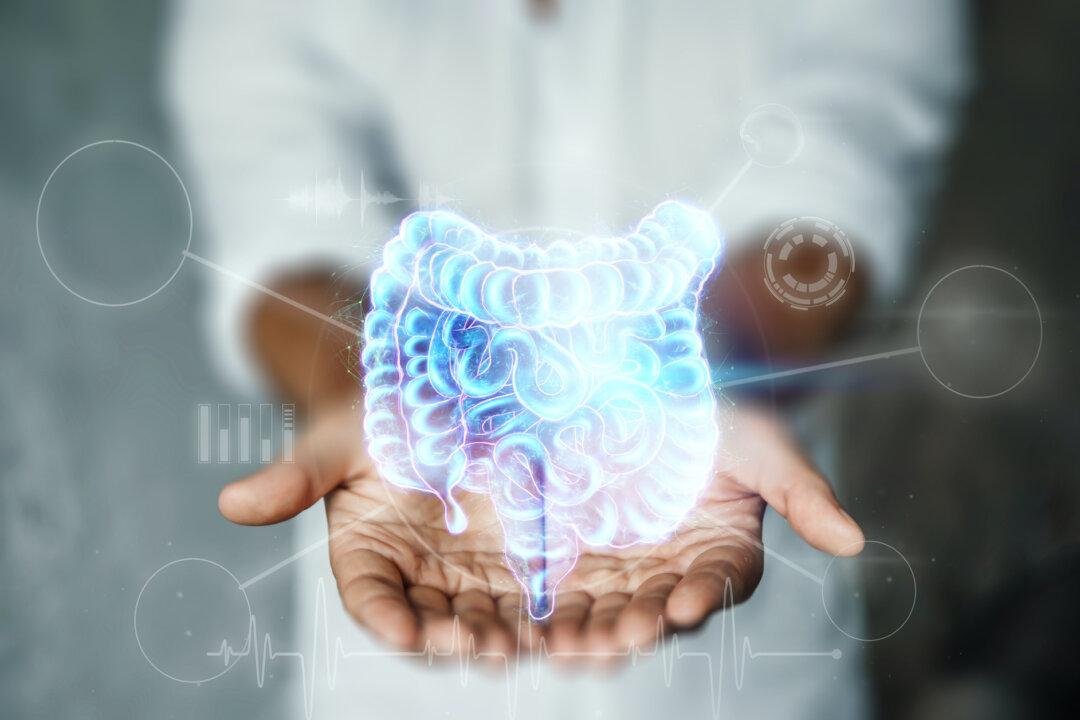B.B. is a 32-year-old woman who has suffered from monthly migraines since she was about 15. The first two days of her period were so bad that as a teenager she couldn’t go to school; as an adult, she also can’t work for those two days each month.
She tried multiple medications, but experienced too many side effects. Continuous birth control pills also failed to eliminate her periods.






